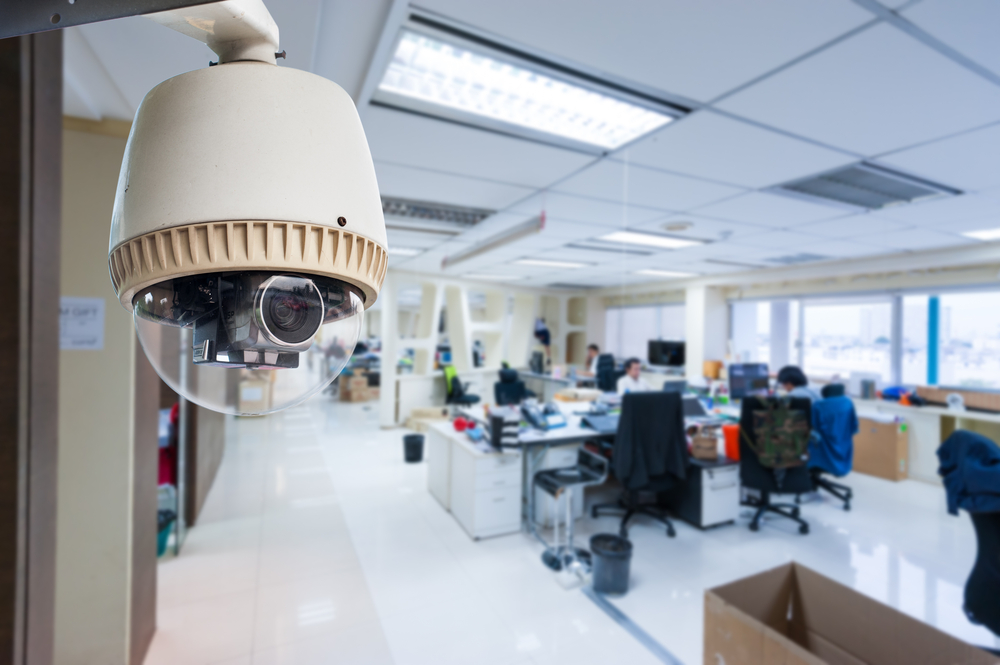Ensuring the security of employees, the building and assets of the company has become increasingly important given the huge losses that can result from the lack of a sound workplace security policy. Together with physical harm to employees or loss of life, theft, vandalism, violence, cyber threats and data breaches can also result in financial losses to the organization. To check against these, standard workplace security measures must be put in place.
What is Workplace Security?
Workplace security involves the safety of employees, visitors, and the physical workplace environment. To ensure this, a workplace safety plan must be put in place. This plan will outline the organization’s security policy and measures taken to maintain a healthy and safe work environment.
The rise of remote work and other hybrid work models creates new security risks, particularly when sensitive data is involved. This means security policies and measures should be regularly reviewed and updated to cater for these new workplace environments.
Importance of Workplace Security

Workplace security is essential for the smooth running of day-to-day activities in an organization and for long-term growth. It is a critical concern for both employers and employees. Effective workplace security measures are essential to:
Protect your employees: Workplace security measures are put in place to protect employees from harm, whether it’s from physical violence, theft, or cyber threats.
Maintain a safe work environment: A secure workplace is not only important for employees, but also helps to build trust and confidence of all stakeholders.
Increase employee morale & productivity: By ensuring the safety of your employees, you’re creating a positive work environment that is free from fear and stress. When employees feel safe, they are able to focus on their work and be more productive.
Protect your company against financial losses: Improving physical security can prevent the financial impact of security breaches.
Workplace Security Tips
1. Physical security measures
Physical security measures are the steps a company can take to protect against unauthorized entry into the workplace, in order to keep employees and assets safe and secure.
Physical security measures that can be implemented in the workplace include:
- Access control systems: Examples are keycard access, biometric identification, or intercom systems to control who is allowed to enter the building.
- Surveillance cameras: Cameras can help deter theft and violence, and can provide valuable evidence in the case of an incident.
- Locks and security doors: High-security locks and reinforced doors help prevent unauthorized access to sensitive areas of the workplace.
- Alarms and security systems: Alarm systems, fire suppression systems, and other security systems provide an added layer of protection.
- Lighting: Adequate lighting can help deter crime and make it easier to identify any potential threats.
- Fences, gates and window bars. These make deters intruders and burglars, and makes it difficult for them to break in.
- Secure storage: Providing a safe storage place for valuable items, such as computers and sensitive documents, can help prevent theft.
- Controlled parking. Designated employee parking areas and security gates can help prevent theft of vehicles and other assets.
2. Employee education and training

It’s critical to educate and train your employees on workplace security procedures. This helps create a safer and more secure workplace, and empowers employees to take an active role in protecting themselves and the company.
Here are some examples of trainings that can be implemented:
- Safety and security awareness training: Educate employees on common safety and security risks, and how to identify and report potential threats.
- Emergency response training: Teach employees what to do in the event of an emergency, such as a fire, active shooter situation, or a natural disaster.
- Data security training: Inform employees about the importance of protecting sensitive information, and how to properly handle, store, and dispose of confidential data.
- Cybersecurity training: Educate your staff on how to protect the company’s digital assets and sensitive information from cyber threats, such as hacking and phishing.
- Workplace violence prevention training: Educate your staff how to identify and report potential incidents of workplace violence, and how to respond in the event of an attack.
- Environmental health and safety training: Tell your employees how to identify and mitigate workplace hazards, such as toxic substances and electrical hazards.
- First aid and CPR training: Teach your staff how to provide first aid and CPR in the event of an emergency, such as a heart attack or injury.
3. Background checks on employees

Background checks on employees help you find out if they have any past history such as criminal history, education, employment history, etc. that may pose security threats to your organization. If you do decide to conduct these checks, make sure to do so in a careful manner. If done carefully and effectively, background checks can help to identify potential security risks.

